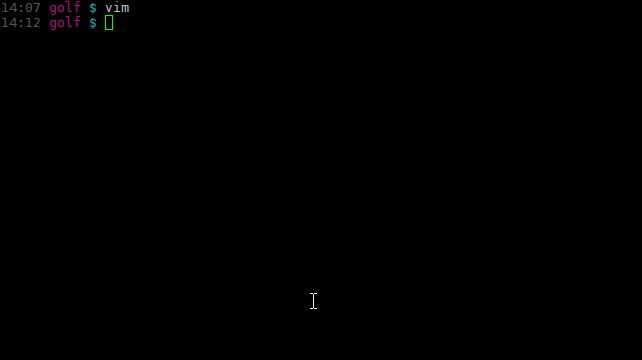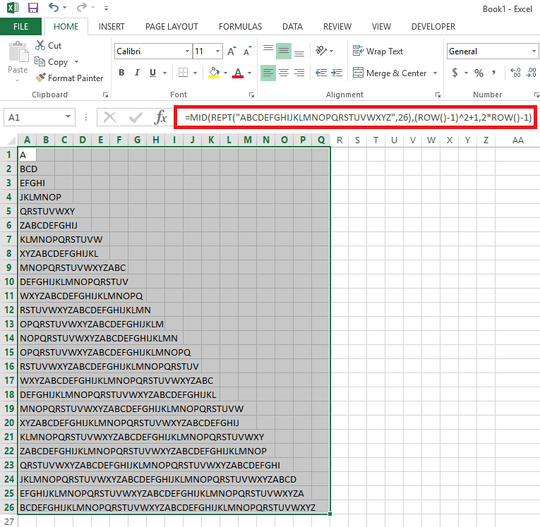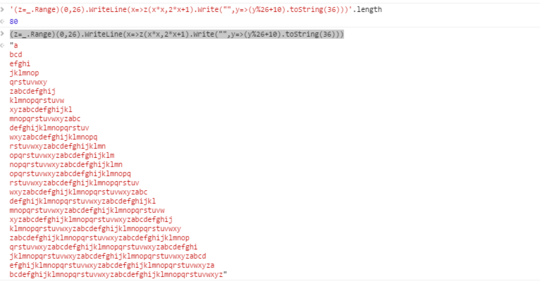24
3
Task
Your task is to print this exact text:
A
BCD
EFGHI
JKLMNOP
QRSTUVWXY
ZABCDEFGHIJ
KLMNOPQRSTUVW
XYZABCDEFGHIJKL
MNOPQRSTUVWXYZABC
DEFGHIJKLMNOPQRSTUV
WXYZABCDEFGHIJKLMNOPQ
RSTUVWXYZABCDEFGHIJKLMN
OPQRSTUVWXYZABCDEFGHIJKLM
NOPQRSTUVWXYZABCDEFGHIJKLMN
OPQRSTUVWXYZABCDEFGHIJKLMNOPQ
RSTUVWXYZABCDEFGHIJKLMNOPQRSTUV
WXYZABCDEFGHIJKLMNOPQRSTUVWXYZABC
DEFGHIJKLMNOPQRSTUVWXYZABCDEFGHIJKL
MNOPQRSTUVWXYZABCDEFGHIJKLMNOPQRSTUVW
XYZABCDEFGHIJKLMNOPQRSTUVWXYZABCDEFGHIJ
KLMNOPQRSTUVWXYZABCDEFGHIJKLMNOPQRSTUVWXY
ZABCDEFGHIJKLMNOPQRSTUVWXYZABCDEFGHIJKLMNOP
QRSTUVWXYZABCDEFGHIJKLMNOPQRSTUVWXYZABCDEFGHI
JKLMNOPQRSTUVWXYZABCDEFGHIJKLMNOPQRSTUVWXYZABCD
EFGHIJKLMNOPQRSTUVWXYZABCDEFGHIJKLMNOPQRSTUVWXYZA
BCDEFGHIJKLMNOPQRSTUVWXYZABCDEFGHIJKLMNOPQRSTUVWXYZ
Specs
- You may do it in all-lowercase instead of all-uppercase.
- Trailing newlines at the end of the triangle is allowed.
- Trailing spaces after each line is allowed.
- You must print to STDOUT instead of outputting an array of strings.
Scoring
This is code-golf. Program with lowest byte-count wins.



1What do you mean by "strikes again"? Was there another challenge you made like this? – haykam – 2016-08-21T13:46:41.367
@Peanut http://codegolf.stackexchange.com/questions/87496/alphabet-triangle
– Beta Decay – 2016-08-21T13:58:56.4001Seems fairly trivial do we really need (another) alphabet challenge? – Rohan Jhunjhunwala – 2016-08-21T21:44:08.230
2It is a good challenge, but I think we have outstripped saturation of these alphabet challenges, nothing personal. – Rohan Jhunjhunwala – 2016-08-21T21:45:04.733
Actually looking for an alphabet challenge that the letter at a position cannot be calculated by simple expressions from its coordinates involving the
modfunction. May make one myself if I have time. – Weijun Zhou – 2018-01-31T20:17:37.360